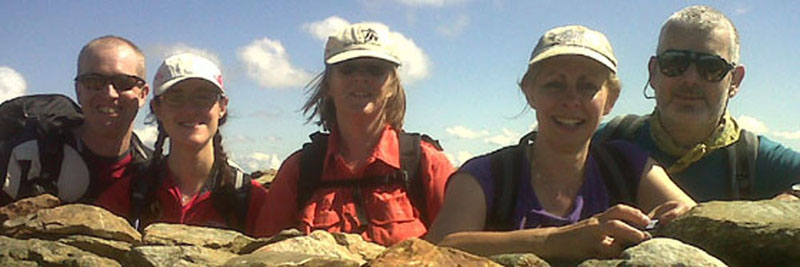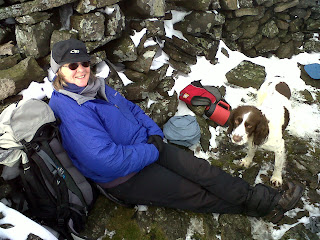Thomas Dawson, Attorney from Salford, owned the house form 1834 til around 1851. He extended the house and his crest can be seen on the front elevation today. He also owned Glenthorne nearby and had stables built on land below Allan Bank. He was a great collector and had a museum here. His two daughters succeeded him and lived in both properties.
Dr Thomas Arnold, Head of Rugby School, (author of Tom Brown's Schooldays), rented the house in 1832 for the summer whilst his house, Fox How, at Rydal was being built. He was a close friend of the Wordsworths, now living at Rydal Mount, and they frequently visited him here.
Canon Hardwick Drummond Rawnsley, one of the founders of the National Trust, bought the house in 1915 and retired here in 1917. His wife died before he moved in and he subsequently married his secretary Eleanor Simpson, who wrote his biography. He died in 1920 and is buried at Crosthwaite church in Keswick where he preached. It was said "that England would be a much duller and less healthy and happy country if he had not lived and worked". He was a tireless campaigner and social reformer! He left the house to the National Trust and they took over the property in 1951, but Eleanor carried on living here until her death in1959.
The house has had tenants living in it for the past 25 years and last March suffered a fire in the roof space which damaged a large portion of the property. Restoration has now taken place and the tenants have moved to a smaller property. For the first time Allan Bank will be open to the public. It will be unfurnished and each room will have a theme, for example, Wordworth's study will be the Poetry Room and Canon Rawnsley's bedroom will be the Campaign room, showcasing the work of this great man in his fight against Thirlmere reservoir and other causes. The public will be invited to take part in activities and also to comment on the future of the house. This is a great opportunity for everyone to be involved in the future of this property!
and then climbed up hill through the woods and came to a viewing point which would have had extensive views towards Helm Crag and Easedale and also back across Grasmere. The latter view is obstructed by the excess trees in the wood at the moment:

- View point on wooded hillside, Allan Bank
- We emerged from the end of the tunnel to find ourselves above the rear of the house and then dropped down and round to a building that resembles an old Chapel:
- After our interesting tour of the garden and grounds we went into the older part of the house to view the rooms which will be open to the public. The house is unfurnished and undecorated but ready for your ideas and comments about its future! Come along from March 31st between 10 am and 5 pm every day (last admission 4 pm). Entry £3.50 with concessions and family rates. Free to National Trust members. Self-service refreshments will be available and people will be able to wander at leisure between the rooms and comment on the various themes and displays and take part in various activities. Walk in the garden and if you are feeling energetic walk round the wooded hill behind the house and visit the viewing point and tunnel. This property is a wonderful addition to the homes of the Wordsworths open to the public, but also has the benefit of showcasing the work of Canon Rawnsley, one of the founders of the National Trust, as well as being an example of a Georgian and Victorian house built by two wealthy industrialists.








